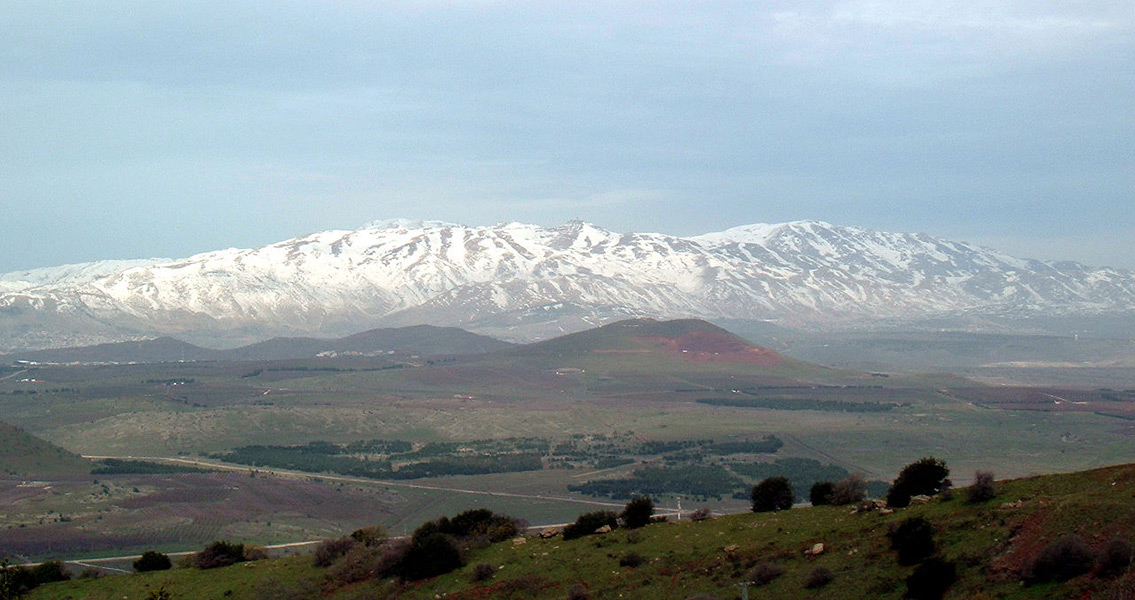<![CDATA[An ancient Roman house, adorned with frescoes of nature scenes and complete with artifacts depicting phallic symbols, has been found by archaeologists in northern Israel. The villa, which is thought to have been built in either the late first century or early second century CE, was found at the Omrit dig site atop a foothill of Mount Hermon, in the northeast corner of the Hulah Valley. According to Live Science, professor Daniel Schowalter from Wisconsin’s Carthage College believes that the house’s floors were plastered and its walls adorned with frescoes, while the building itself likely stood two stories tall. Schowalter detailed the find at an annual meeting of the Society for Classical Studies and the Archaeological Institute of America held in Toronto in January. The archaeologist remarked that there’s no knowing who might have occupied the house but there were some educated guesses he could make, as it could have easily been either a Roman official who had been stationed in northern Judea or a local elite who decided to incorporate some traditional decorative Roman motifs. The house, which has only been partially excavated, included what looks like a courtyard, judging by the way the doorway discovered opens into the rest of the area. Frescoes uncovered so far feature images of plants, fish, bushes, trees and birds; one fresco features a pair of ducks huddling together. Schowalter said that the house appears to have been knocked down some time during the early years of the third century CE, judging by the layer of fill found atop the remains. A new portico or walkway resembling a “stoa” had been constructed atop this new layer, according to the archaeologist. A collection of amulets in the shape of phalluses were found in this fill layer. This puts the age of the amulets dating to before the time of the original house’s demolition, though there’s no definitive way to know how long before that they were created. Penis-shaped amulets have been discovered widely distributed across the remains of the Roman Empire. Experts believe that they could have been used to ward off bad luck and misfortune. Schowalter is the co-director of the Omrit Settlement Excavation project. He shares those responsibilities with several other colleagues from a number of different universities, including professor Jason Schlude from Saint John’s University and the college of Saint Benedict, Michael Nelson from the City University of New York’s Queens College campus, The University of North Carolina – Chapel Hill’s Jennifer Gates Foster, and independent scholar Benjamin Rubin. Archaeological study of the Omrit region began in 1998 after a brushfire cleared the area. The Romans left an indelible mark on the region, with excavations revealing a large temple that underwent at least three phases of construction from the first century BCE through the first century CE and may have been the site of the temple Herod built to honor Agustus in 20 BCE. The region is thought to have remained in use through the Byzantine Period. ]]>
Roman House Complete With Phallic Artifacts found in Israel
